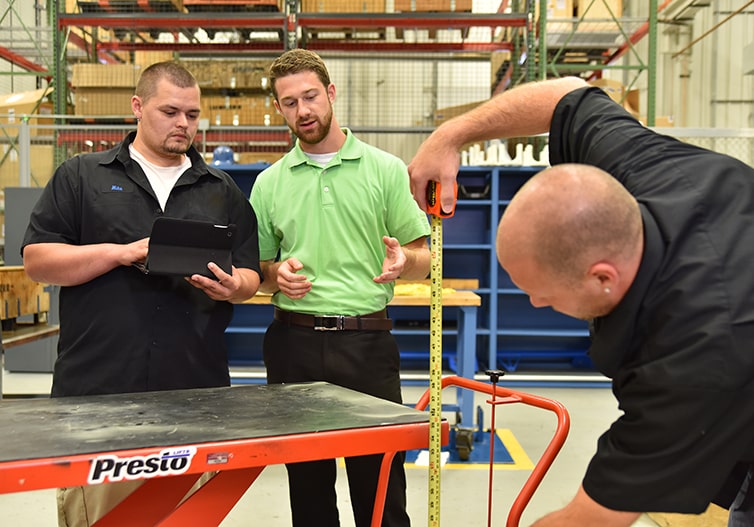“If you can’t measure it, you can’t manage it.” These are the wise words of Peter Drucker. And they are true for many aspects of life; your personal finances, your career path, operation of a business, and yes even ergonomic improvements. The challenge is using the right measures to drive and manage your ergonomics improvement process.
Unfortunately, many well-meaning safety professionals continue to use the lagging measure of Injury/Illness Rate (e.g. OSHA Recordable Rate, and DART Rate) as the main measure for ergonomics. We know from experience and research that this lagging measure is a poor predictor of musculoskeletal disorders (MSDs) and losses resulting from a poorly-designed work space. A better metric is the level of exposure to MSD risk factors in a task. Like other industrial hygiene exposure samplings methods, this provides a prediction of when the highest chances of developing an MSD are, allowing action to be taken to prevent the injury. Measuring and tracking the level of MSD risk in a job enables you to identify where an MSD injury could occur, and take action proactively to prevent occurrence.
Adopting this leading measure of MSD risk also aligns with your safety management system. For additional information and the studies backing this, check out VelocityEHS’ position statement on Leading Measures for Ergonomic Improvement Process.
